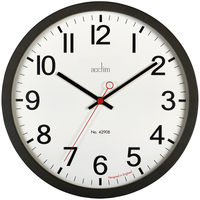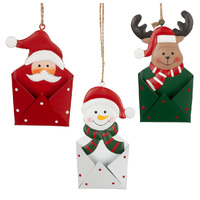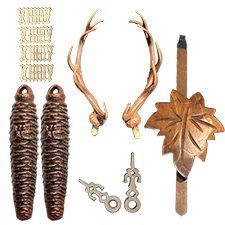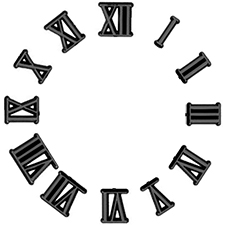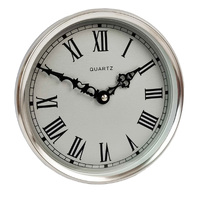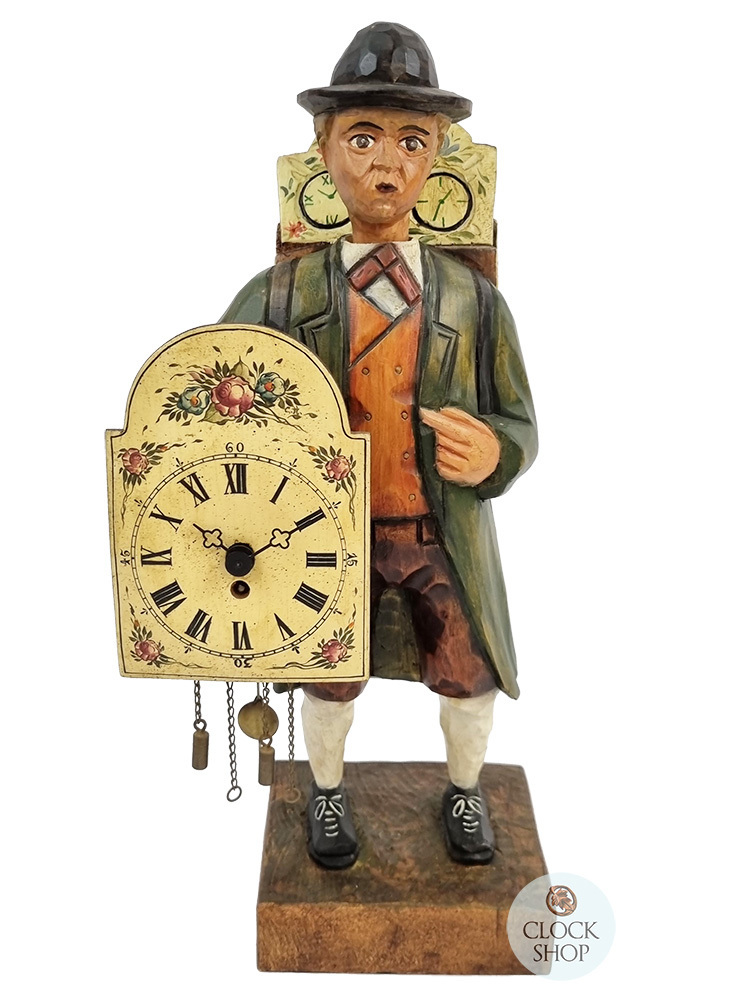Exploring Germany's Vibrant Culture
Date Posted:31 July 2023
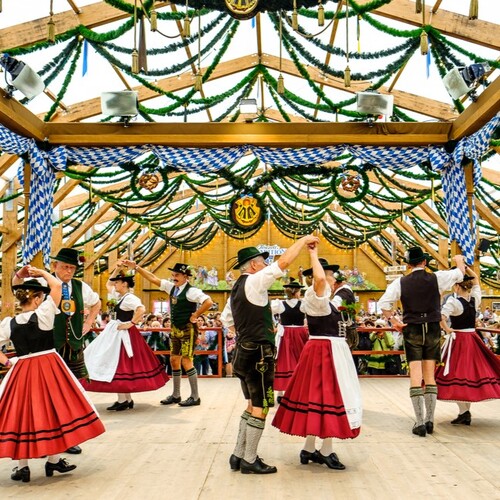
.jpg)
Germany is a country that boasts a rich cultural heritage and long-standing traditions which have captivated the world over the course of history. With world-renowned clock making craftsmanship and unique customs, clothing, and festivals such as Oktoberfest, Germany is a country that offers a lively and vibrant culture. In this blog we will take a closer look at some of the most famous parts of German culture.
Clockmaking: A Timeless Craft
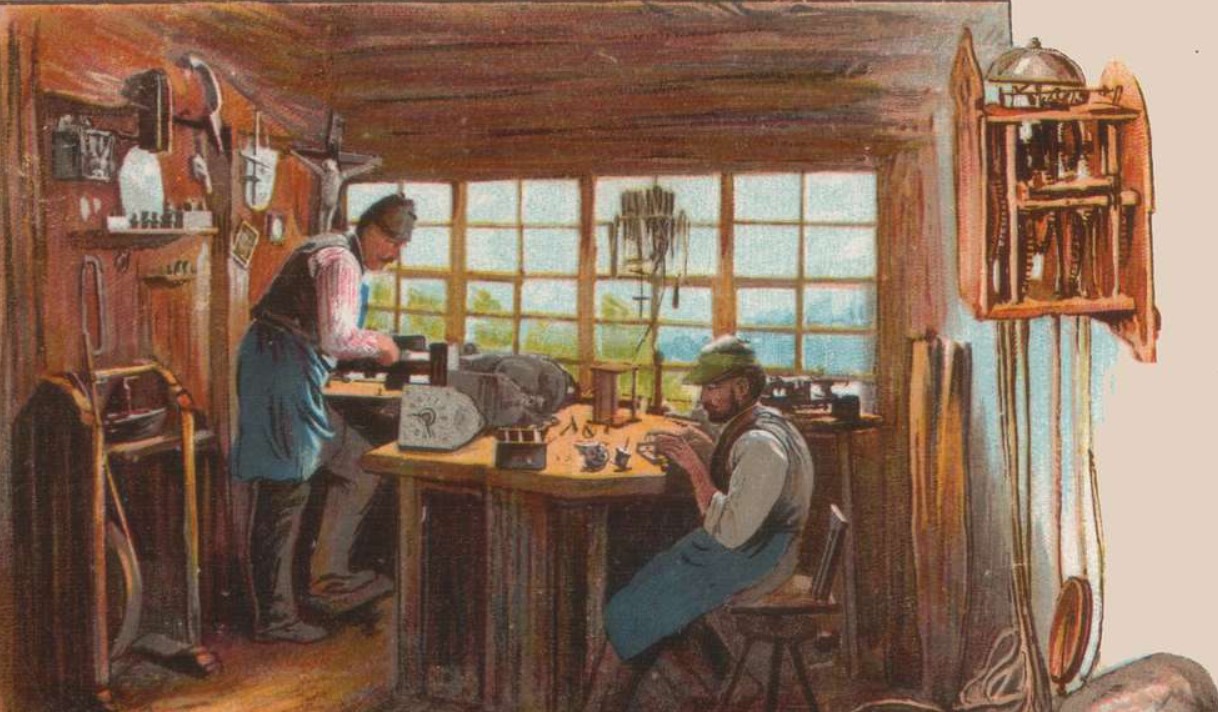
Image: Wiki Commons
No discussion of German culture can be complete without mentioning the renowned tradition of clockmaking. For centuries, Germany has been home to skilled artisans whose precision and craftsmanship have set global standards. The origins of German clockmaking can be traced back to the 16th century, shortly after when the first mechanical clocks were being developed across Europe, just a few centuries earlier. One of the earliest and most influential centres of clockmaking in Germany was the Black Forest region, located in the southwest corner of the country. The clock makers located in the Black Forest became renowned for their precision and craftsmanship, and their clocks soon gained a reputation as some of the finest in the world. Over time, the tradition of clockmaking spread throughout Germany, with many other regions and cities becoming known for their own unique styles and techniques of clock making. The precision and elegance of these German clocks are a reflection of the meticulousness and dedication to excellence of the German spirit. Today, German clockmaking is still considered to be amongst the best in the world, and the country remains a hub of innovation and excellence in this field, particularly in the field of cuckoo clocks, which have become a cultural symbol of Germany.
The Enchanting World of Cuckoo Clocks
.jpg)
Nestled within the realm of clockmaking in Germany lies the cuckoo clock, a true cultural icon of Germany, and the main souvenir of the Black Forest to this day. These whimsical timepieces have enchanted people for generations with their distinctive appearance, call and intricate designs. Cuckoo clocks are thought to have originated from the Black Forest in Germany in the mid 1700’s, with the original design coined as early as the 1600’s. Today, traditional cuckoo clocks are still crafted by a number of different companies located in the Black Forest, some of which are now into the 6th generation of clockmakers, still located in the same buildings which have been creating cuckoo clocks for hundreds of years. Each cuckoo clock represents a testament to the creativity and imagination of German artisans. As the cuckoo bird emerges from its wooden home, it reminds us to appreciate the simple joys of life and the beauty found in nature. If you would like to read more about cuckoo clocks - read here.
Clock Peddlers: A Journey Through Time
In Germany, clock peddlers have a unique history of bringing the marvels of clockmaking directly to people's doorsteps. These charismatic vendors traveled from village to village during the Spring carrying an assortment of clocks on their back, showcasing the variety of timepieces that were crafted by Black Forest villagers during the winter. The Black Forest region quickly became well known for cuckoo clock making across the country, largely due to the clock peddler who would share the clocks far and wide. Clock peddlers, or traveling salespeople have existed for centuries. The earliest records of clock peddlers date back to the 17th century, when tradespeople would travel from town to town selling their wares. These peddlers played an important role in spreading the popularity of clocks, particularly in rural areas where access to goods and services was limited. Clock peddlers would often carry a variety of clocks, from small pocket watches to large wall clocks, shield clocks and cuckoo clocks, and would offer repair and maintenance services as well. Over time, as the demand for clocks increased and the availability of goods transportation improved, the role of clock peddlers evolved and became less common. However, their legacy lives on in the rich history of clockmaking and the important role that clocks continue to play in our lives today.
Wood Carving: A Much Celebrated Tradition
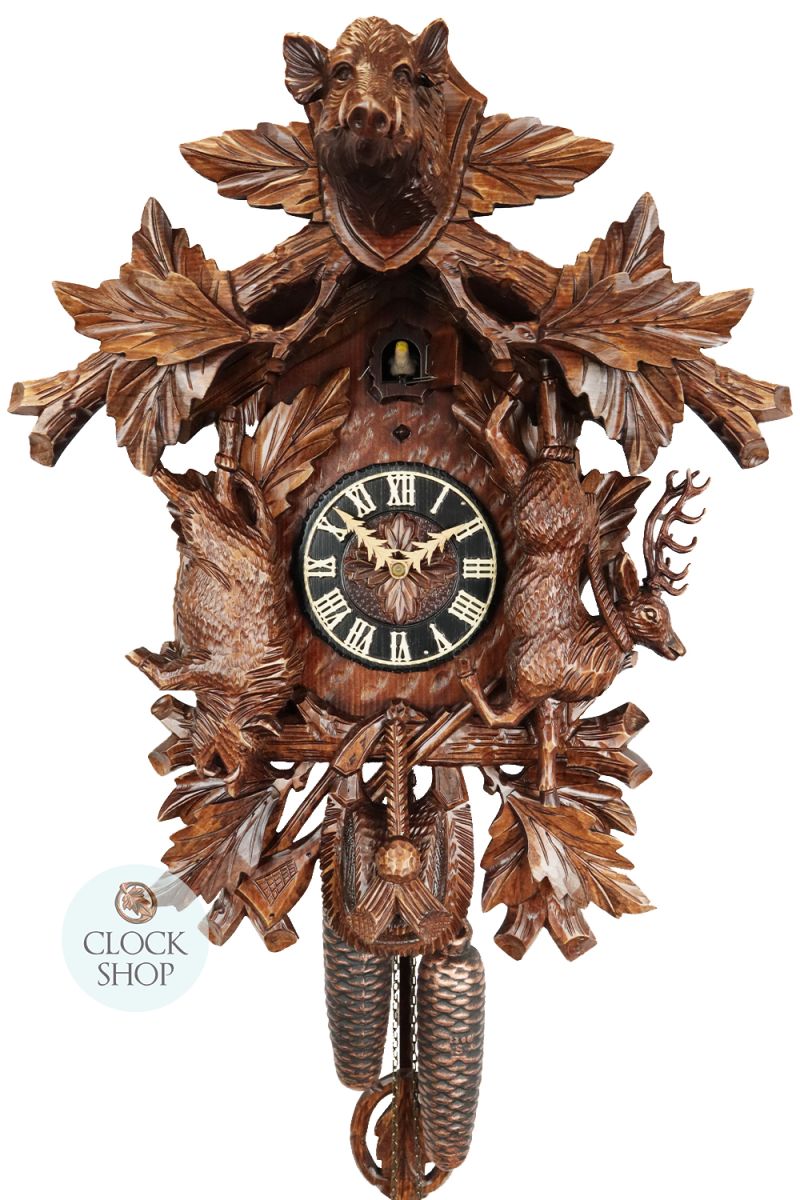
Traditional wood carving is a timeless craft that has been passed down through the generations in many regions of Germany. This art form is characterised by intricate and detailed carvings made from wood, often depicting animals, religious figures, or scenes from daily life.
One of the most famous regions for traditional German wood carving is the Black Forest. In this region, woodcarving has remained an important craft for centuries, with many families passing down their skills and techniques from one generation to the next. Wood carvings from the Black Forest are often known for their distinctive style, which features bold, stylised designs and a strong attention to detail. Popular subjects include carved animals such as bears, deer, and foxes, as well as traditional objects such as cuckoo clocks and nutcrackers.
Beyond the Black Forest, traditional German wood carving is also practiced in other regions of the country, including Bavaria and both the Harz Mountains and the Ore Mountains. In these regions, woodcarvers often create carvings of religious figures such as saints and angels, as well as ornate carvings of flowers, fruits, and other decorative elements.
Today, traditional German wood carving remains a popular craft, with many artisans continuing to practice this art form, passing on their skills to the next generation. Visitors to Germany can often find traditional wood carvings for sale in markets and shops, and many tourists purchase these carvings as a memento of their trip.
The Melodic Symphony of Cow Bells
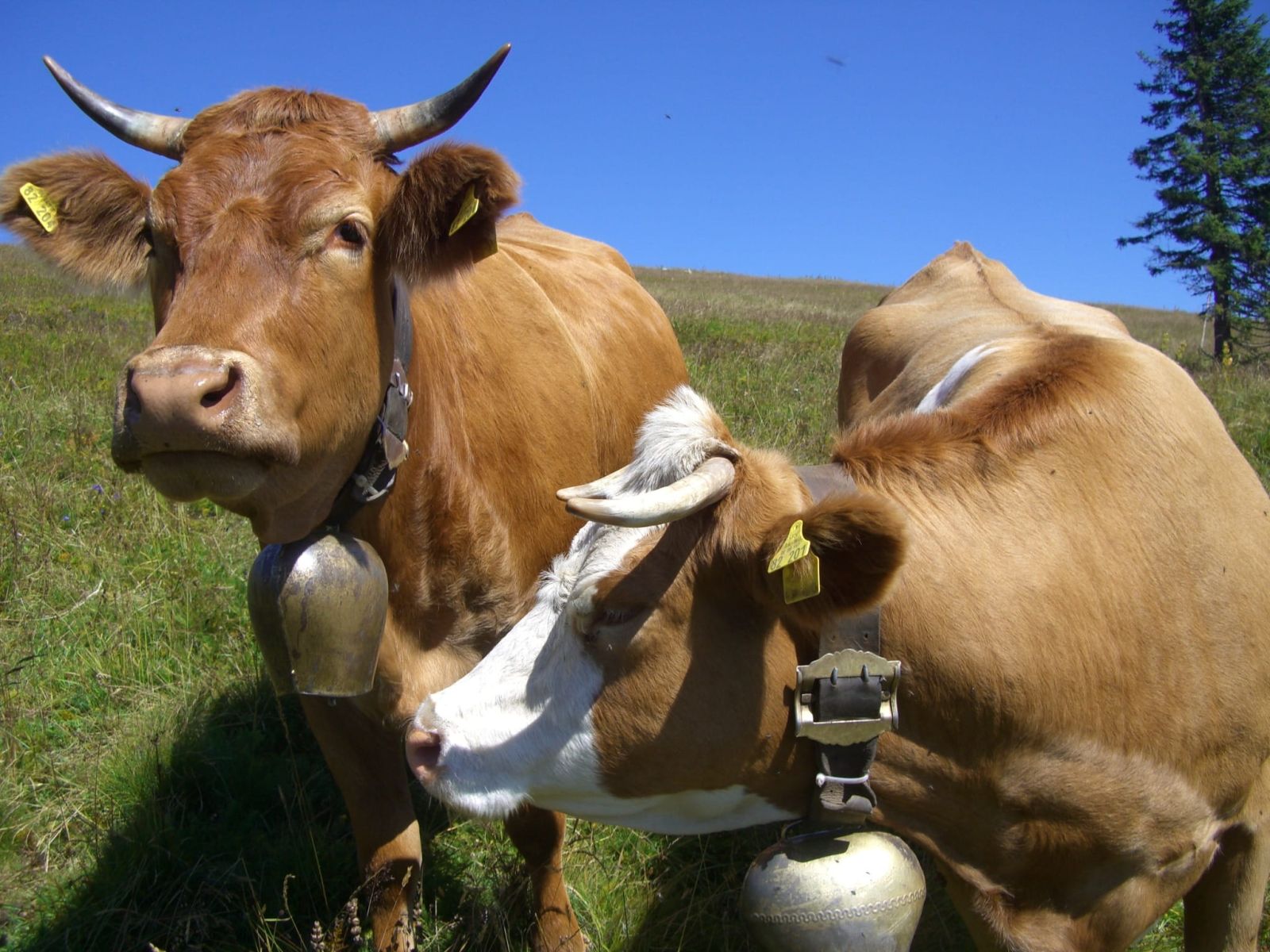
Traditional German cowbells, also known as "kuhglocken," are an instrument that has been used for centuries in rural areas of the country. These large, metal bells are typically made of bronze or brass and are hung around the necks of cows or other grazing animals. The bells come in various sizes and shapes, producing a range of deep, resonant tones that can be heard from great distances. These enchanting sounds have formed an integral part of German folklore and have become an iconic symbol of the country's rural heritage. In German folklore, cowbells are believed to have mystical powers and are often associated with the natural world. It is said that the sound of cowbells can ward off evil spirits and bring good luck to those who hear them. In some regions, it is also believed that the unique sound of each cowbell is tied to the individual cow's personality and that herders can identify their cattle by the sound of their bells alone.
The use of cowbells in German folklore extends beyond the countryside and has found its way into the country's artistic expression as well. Many German folk songs feature the melodic chimes of cowbells, adding to the country's rich musical heritage. Cowbell players are commonly known as "cowbellists". In some regions, they may also be referred to as "bell-ringers" or "bell players". The use of cowbells has also found its way into theatrical productions, particularly in the reenactment of pastoral scenes. Cowbells are often featured in folk music and dances, and are sometimes used in religious ceremonies and other celebrations. Some regions of Germany hold annual cowbell festivals, where participants gather to play the bells in unison to celebrate the country's rich rural heritage.
In recent years, cowbells have become a popular souvenir of German culture, appearing on postcards, keychains, and other souvenirs. Visitors can purchase small, decorative cowbells as a keepsake of their trip, or even larger bells to display in their homes. Overall, the German cowbell has become an enduring symbol of the country's pastoral traditions and cultural heritage. The beloved cowbell has become an enduring symbol of Germany's pastoral life and a testament to the country's deep connection to nature and tradition.
German Attire
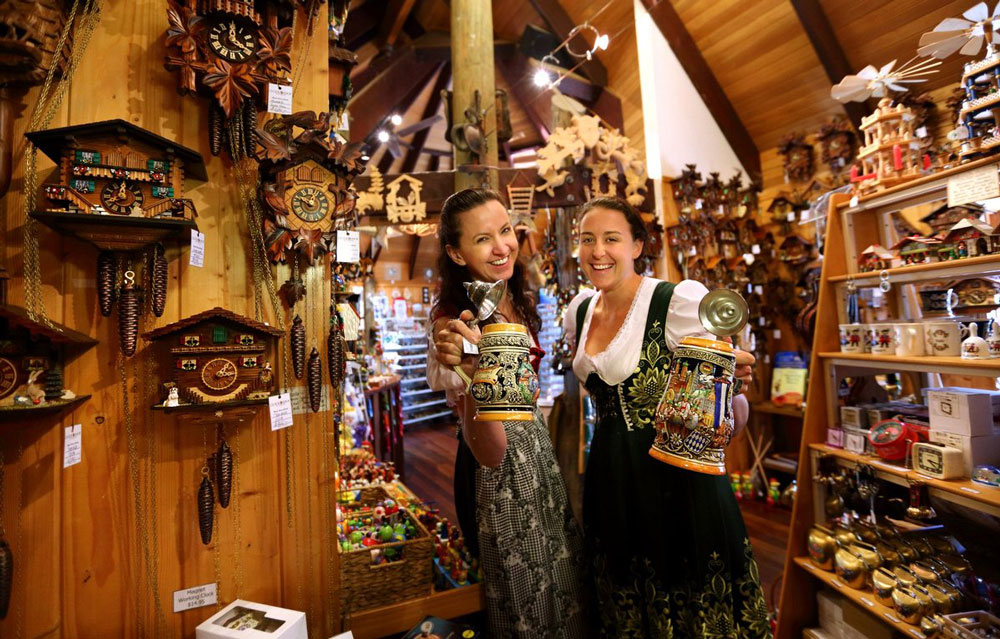
German attire is a significant aspect of the country's culture, with distinctive clothing styles that reflect its regional diversity and rich history. Many of these traditional clothing styles have been passed down through generations, with each garment bearing a unique story and cultural significance.
One of the most famous examples of German attire is the "Lederhosen," or leather breeches. Originating in the Alpine regions of Bavaria and Tyrol, this traditional attire was once worn exclusively by men and represented a symbol of their rugged, outdoorsy lifestyle. Today, Lederhosen is often seen at folk festivals, beer gardens, and other cultural events, and has grown in popularity with the younger adult generation. It consists of leather shorts, suspenders, and a white/checkered shirt, often paired with wooly socks and shoes made of deer hide.
Another traditional German attire for women is the "Dirndl." This unique dress has a fitted bodice, a full skirt, and an apron. The style of the Dirndl varies by region, with different colours, patterns, and materials reflecting the local culture. Dirndls are often worn with a blouse, a laced bodice, and a headscarf, and is often accessorised with traditional jewellery, such as a silver chain or a large brooch. Just like Lederhosen, dirndls are very popular with patrons at festivals such as Oktoberfest.
Overall, German attire is a vital part of the country's cultural heritage, reflecting its regional diversity and rich history.
German Hats & Hat Pins

Traditional German hats, also known as "Trachtenhüte," form another important part of the country's cultural heritage. These hats are often worn in conjunction with traditional clothing such as the Lederhosen and Dirndl, and they come in a variety of styles and materials.
One of the most recognizable types of German hats is the "Tirolerhut," or Tyrolean (tyrol) hat. This hat is typically made of felt and features a brim that is turned up on one side, with a feather or a brush attached to the side. The Tyrolean hat is often associated with the Austrian Alps, but it is also popular in Bavaria and other regions of Germany.
Another type of traditional German hat is the "Bollenhut," which is a black hat decorated with large red pom-poms. The Bollenhut is worn by women in the Black Forest region and is often paired with a traditional costume consisting of a black dress, a white blouse, and an apron.
Hat pins are also an important part of traditional German attire, and are used to secure the hat to the head. Hat pins can be simple or elaborate, with designs that range from flowers and animals to religious symbols and patriotic emblems. These pins are often passed down through generations and are considered to be a treasured family heirloom.
In addition to their cultural significance, German hats and hat pins are also a popular souvenirs for visitors to the country. Many tourists purchase traditional hats and pins as a memento of their trip, or as a gift for friends and family back home.
Traditional German Springerle
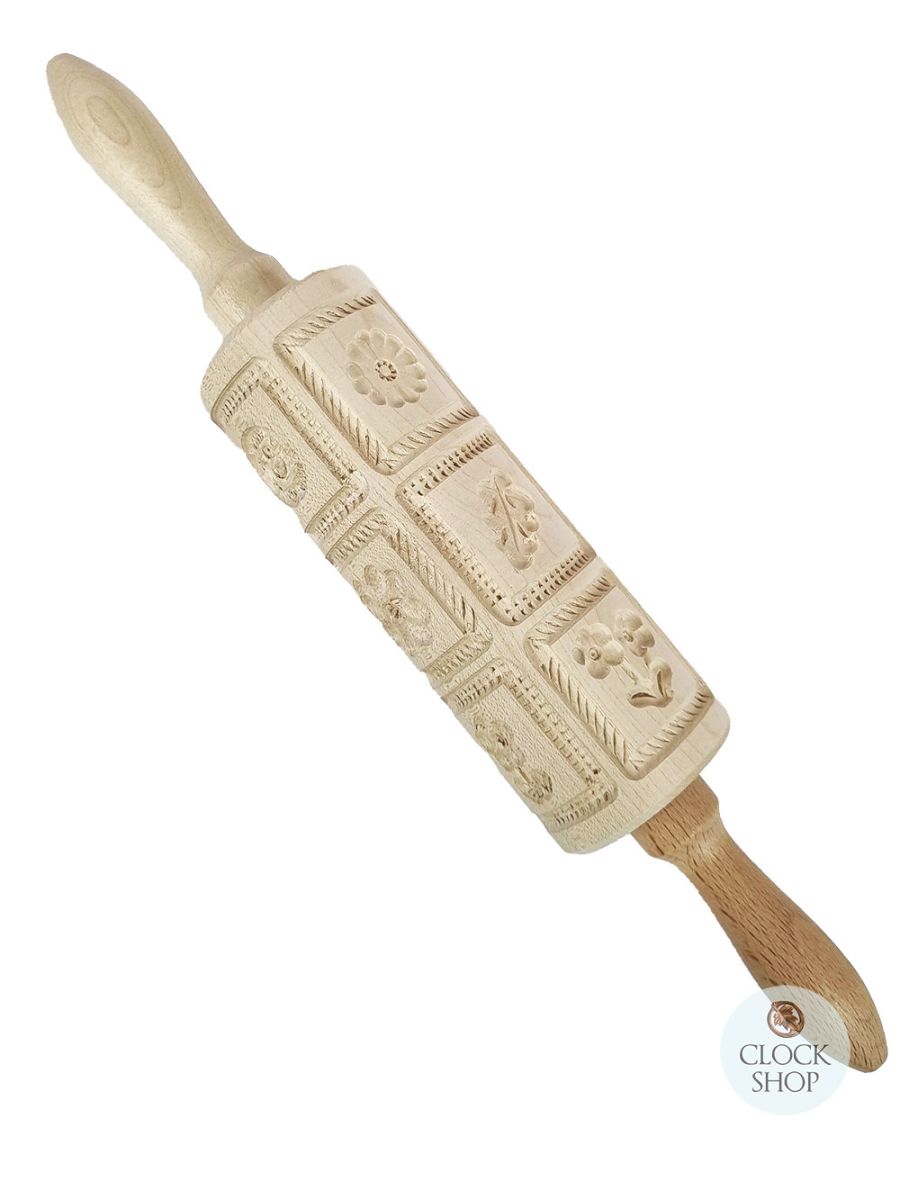
German Springerle is a type of cookie that has formed a part of Germany's culinary heritage for centuries. These cookies are traditionally made during the Christmas season, and have become a beloved treat both in Germany and beyond.
The Springerle cookie is typically made using a combination of flour, sugar, eggs, and anise seed. The dough is rolled out and pressed with a wooden mould, which is often carved with intricate designs such as flowers, animals, or religious symbols. Once the dough is imprinted with the design, it is left to dry for several hours, which helps the cookies to retain their shape when baked.
Springerle mould cookies are often baked in a low-temperature oven, which helps to maintain their delicate texture, preventing them from browning. The resulting cookies are light and airy, with a subtle anise flavour and a distinctive appearance that makes them a popular gift during the holiday season.
Beyond their culinary appeal, Springerle cookies are also an important part of German cultural heritage. The wooden moulds used to make these cookies are often passed down through generations, with each mould bearing its unique story and cultural significance. These moulds are often highly prized and are sometimes even considered to be heirlooms.
Timeless Craftsmanship: Beer Steins
.jpg)
Germany's history is steeped in the art of beer brewing, and beer steins hold a cherished place within this cultural narrative. These uniquely designed mugs are not only visually stunning but also serve a practical purpose. The tradition of using beer steins dates back to the 14th century when their lids helped prevent the spread of diseases carried by insects. Today, these ornate vessels symbolise German brewing excellence and are cherished collectibles, showcasing intricate designs, historical scenes, and regional motifs. Interestingly, the clay used to make an authentic German beer stein provides an important factor in determining authenticity. One of the most prized types of clay used in German beer stein production comes from the Westerwald region, located in the Rhineland-Palatinate state of Germany. Germany has a rich and deep history with the craft of brewing beer, which dates back over 500 years. Read more about the history of German Beer here.
German Festivals: A Joyous Celebration
.jpg)
Germany's calendar is brimming with lively festivals that unite communities and foster a sense of shared celebration. The world-famous Oktoberfest stands as a shining example, where millions gather together and enjoy music, dance, and, of course, delicious Bavarian beer and cuisine. Whether it's the colourful Karneval in Cologne, the enchanting Christkindlmarkt during the holiday season, or the local folk festivals like the Cannstatter Volksfest, each celebration showcases Germany's commitment to festivity.
Heartwarming Christmas Traditions
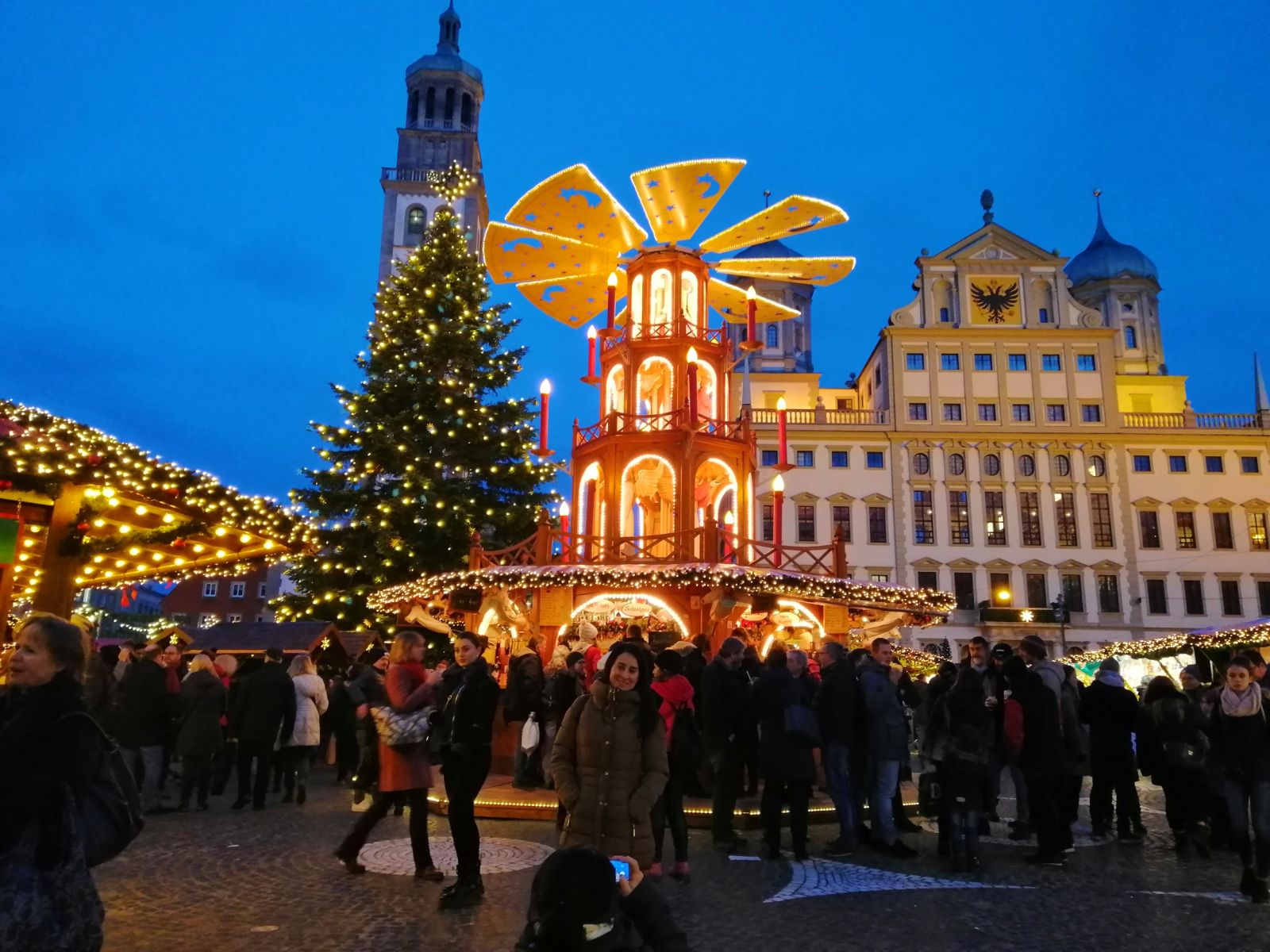
German Christmas traditions have inspired warmth and joy around the world. The iconic Christmas markets, such as Nuremberg's Christkindlesmarkt creates a magical atmosphere with their enchanting decorations and the aroma of gingerbread and mulled wine. Advent calendars, originally from Germany, have become cherished traditions, counting down the days until Christmas with small surprises. The festive tradition of decorating the Christmas tree and exchanging gifts on Christmas Eve fills homes with love and togetherness. There is one particular region in Germany that is world famous for its toy making, which is the picturesque town of Seiffen, otherwise known as ‘Christmas ornament town’. This rural location based in the Erzgebirge (Ore Mountains) is so devoted to Christmas decorations that Germans refer to it as the true ‘Home of Christmas’. Tourists flock to the region to experience the beauty and magic that the area brings around Christmas time. There is a rich and deep history behind the Erzgebirge and the origin of traditional German Christmas decorations.
Conclusion
Germany's rich culture is woven with the threads of history, creativity, and joy. From the meticulous craftsmanship of clockmaking and the enchanting design of cuckoo clocks, to the harmonious soundscapes of cow bells, Germany's cultural offerings inspire awe and wonder. The vibrant attire and joyous celebrations reflect the country's commitment to preserving its rich heritage.


